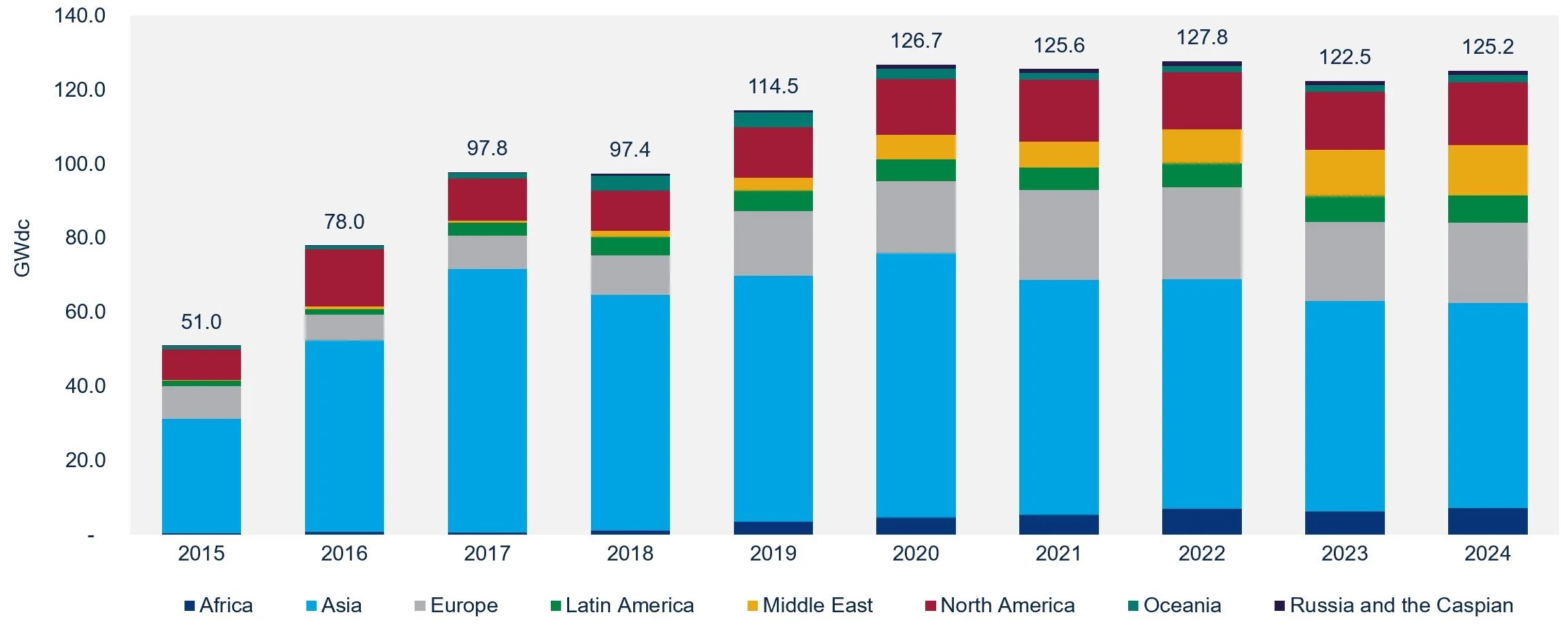In our quest for sustainable energy sources, solar power shines as one of the brightest contenders. Harnessing the energy of the sun has become increasingly important, and it relies heavily on two core components: solar data analysis and solar radiation data techniques. In this comprehensive guide, we will embark on a journey to explore these essential elements that illuminate the path to a clean energy future.

Solar Data Analysis: Unveiling Insights
Solar data analysis involves the systematic examination related to energy production. This data encompasses a wide array of parameters, including solar radiation, temperature, humidity, and more. The primary objectives of data analysis are:
- Energy Production Prediction: By analysing historical solar data, we can predict energy production accurately. This predictive capability enables efficient grid management and minimises energy wastage.
- System Performance Monitoring: Solar system owners rely on data analysis to monitor the performance of their installations continuously. This vigilance ensures that solar systems operate at their peak efficiency.
- Resource Assessment: Solar data analysis helps identify the most suitable locations for solar installations. By assessing solar potential, we can determine where solar energy systems will be most effective.
Solar Radiation Data Techniques: Measuring the Sun’s Power
Solar radiation serves as the foundation for understanding solar energy potential. It provides critical insights into the intensity and availability of sunlight at specific locations and times. Here are some key techniques associated with radiation data:
1. Solar Radiation Sensors
Solar radiation sensors, such as pyranometers and pyrheliometers, directly measure solar irradiance. They are typically placed in strategic locations to collect precise on the amount of solar energy reaching the Earth’s surface.
2. Satellite-Based Data
Satellites equipped with radiometers orbit the Earth, capturing radiation data from space. This data is invaluable for large-scale resource assessments and global climate monitoring.
3. Solar Resource Modeling
Sophisticated computer models simulate solar radiation patterns across different geographical regions and time frames. These models take into account factors like topography, climate, and historical weather to generate accurate solar radiation predictions.
Tools for Analysis
To analyze data effectively, a range of software tools and programming languages are available:
- PVsyst: A widely-used software tool for designing and simulating photovoltaic (PV) systems. It includes features for data analysis and resource assessment.
- SAM (System Advisor Model): Developed by the U.S. Department of Energy, SAM provides comprehensive performance and financial models for various renewable energy technologies, incorporating solar radiation.
- Python and R Programming: These versatile programming languages offer libraries and packages for data analysis, making them accessible to researchers and engineers.











